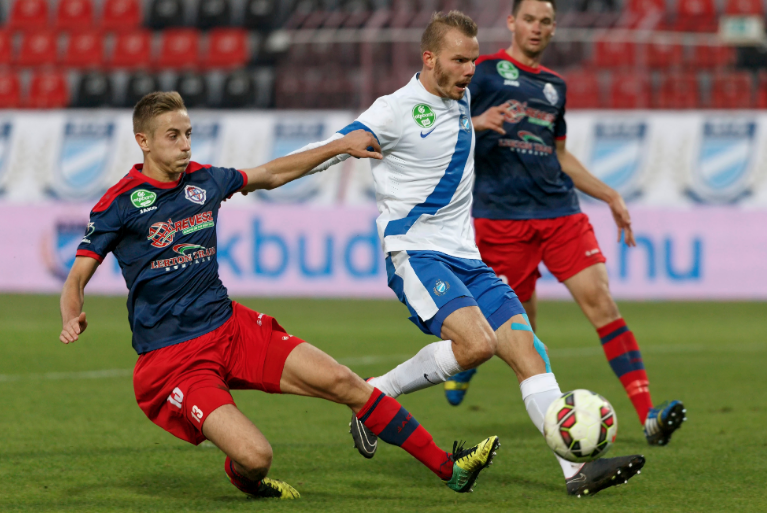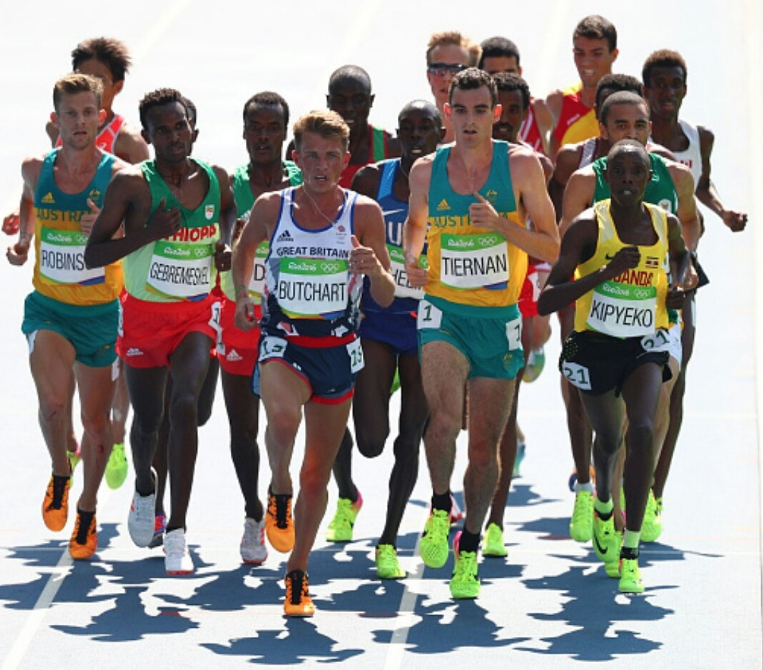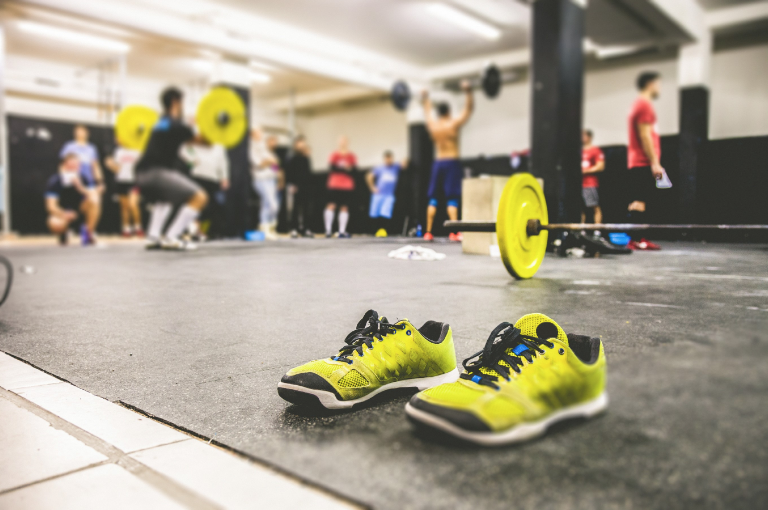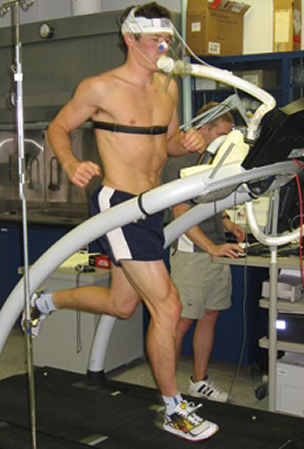
Elite athletes’ are extraordinary people that do superhuman things, right? A portion of this statement is correct, the other is debatable and owns a lot to their strength and conditioning training. Elite athletes often produce phenomenal standards in their chosen sports that are unfathomable to the average person, however despite what many may be inclined to believe these people are no more God’s gift to the world than anyone else. It’s the age-old debate that one needs to be born with specific characteristics to be successful in certain sports.
The Role of Genetics vs. Hard Work in Athletic Success: Breaking Down the Myth of “Natural Talent”
Sure particular genetic factors and characteristics may be more beneficial to performing in a certain sport, such as being taller and having a greater wingspan for basketball, but this does not mean one can’t make it in the NBA if they are not two meter’s tall. For instance, the shortest NBA player of all time was Tyrone “Muggsy” Bogues who stood a mere 1.61 meter’s (5 foot, 3 inches). To put that in perspective the average Australian male stands at 1.78 meter’s tall (5’9”), with the average female at 1.64 meter’s (5’4”) also being taller than Bogues. Yes there are many other physiological factors that come into being an elite athlete, such as speed, strength, power, endurance, and flexibility, but these are nothing that a well-structured strength and conditioning program can’t get up to scratch.
Inherently, many people are born with the same anthropometric (height and weight) and physiological characteristics as these so-called super-human athletes, meaning their potential to succeed is just as high. What really separates the best from the rest in terms of physical ability and performance are the endless hours of training and commitment, with many of the world’s top athletes constantly referring back to their strength and conditioning programs, whether that be in the gym, or on the track, court or playing field. Clearly there is a significant difference between elite and non-elite athletes regarding physiological and performance characteristics, which is why one is labeled as elite and the other isn’t, however most of this can be attributed to hard work and dedication to a long-term training program. This article will discuss the main characteristics of anaerobic and endurance based sports and touch on the type of training required to improve them, along with examples from some of the world’s best athletes.
Anaerobic, field and court based sport athletes

These athletes include those involved in team sports such as football (soccer), hockey, rugby, basketball, netball, and many others. Any individual athletes involved in events that require short bursts of effort such as field events, sprinting events on the track, and tennis are also anaerobically based. The three most important characteristics that need to be developed for these types of sports include power, speed, and agility. All of these can be improved in the gym through a well-structured strength and conditioning training program implemented by a qualified coach. Countless exercises can be implemented to improve these physical characteristics, but it’s not just as simple as doing a few jump squats to improve power or bench press to improve strength. This may produce results at a non-elite level to a point, but once the athlete starts competing at higher levels the style, volume, and intensity of training also needs to be increased and adapted in order to reap the rewards and compete with the world’s best.
Roger Federer
Take Roger Federer for example. Arguably the best tennis player of all time with 20 grand slams and the oldest player to be ranked number 1 in the world at the age of 36, it’s easy to forget the work he puts into conditioning his body and refining his skills. What many people don’t know is Roger Federer has worked with a strength and conditioning coach, Pierre Paganini, for over a decade. Paganini is the man behind all of Federer’s off court training, which at times makes up more than 10 hours a week of his total training time, and includes upper body strength, non-racket coordination exercises, cone drills, exercise bands, and weight training exercises. Federer also played 65 straight Grand Slam events without missing a single one through injury. When asked by New York Times if it was easier for Roger to stay healthy than his counterparts due to his genetic gifts Paganini responded by reinforcing the hard work Federer put into his training and staying healthy, and said this is why he has been successful for so long, not because he is necessarily genetically more gifted than other athletes.
There are many factors that need to be considered when implementing a strength and conditioning program such as knowing what exercises should be performed together and on separate days, when to include specific blocks of training throughout a season, and to also not overdo it and cause injury. This is where a qualified coach with professional knowledge is vital to the elite athlete. It allows them to work harder than their non-elite counterparts while also staying injury free.
Endurance Based Athletes

This includes any sport where an effort is required for an extended period of time without tiring. Common sports include triathlons, distance running, ultra endurance cycling, and Nordic skiing. High VO2max and lactate threshold are crucial for athletes. These factors determine oxygen and lactate processing rates. Economy of movement, low body weight, and body fat are also important. The world’s best endurance athletes excel in these areas. While genetics play a role, a well-crafted strength and conditioning program will significantly enhance these physiological factors.
Australia leads in rugby league and AFL. It has the most players and top-tier coaches. So it’s no shock they’re world number one. It’s not about some ‘superhuman gene’ in Australians. These sports are simply part of the culture.
World-class endurance athletes use strength training. It’s not just an opinion; studies back it. They aim to boost muscle strength, power, and movement economy. This training also cuts injury risk. Without weights, athletes wouldn’t reach full potential, lowering global standards.
Consider Mo Farah, Olympic Gold medalist in 2012 and 2016. He’s clearly talented, but talent alone doesn’t explain his success. Farah logs 200+ km on roads and 40-50 km on water treadmills weekly. He also lifts weights twice a week, under coach Alberto Salazar. Farah’s ‘lethal kick’ in races isn’t accidental. He includes maximal speed in his hardest workouts. When most would stop, he pushes for a 400 and 100-meter sprint. This simulates race-end conditions, training him to win when it counts.
Strength and Conditioning – Where to Now?

A solid strength and conditioning program is vital for athletic success. It often marks the difference between elite performance and plateauing. Elite athletes aren’t just lucky; hard work is a big factor. But it’s not just about who trains the hardest. Smart training strategies are just as critical. That’s why top performers always work with skilled coaches, who tailor and supervise their workout sessions.
So, wondering what it takes to become a strength and conditioning expert, and how become a professional athlete or develop and coach the worlds best? Fit Education offers a Diploma of Sport , which covers all the knowledge required to develop and work with some of the world’s most elite athletes. For more information on this course visit https://fiteducation.edu.au/diploma-sport-development/ and begin your journey to the top now.
If you enjoyed this article try reading Darn Well Jogging Around, and 12 TIPS FOR SUCCESSFUL SPORT COACHING.
Author: Jye Spriggs
References
Clarey, C., (2012). The Man Behind Federer’s Fitness. The New York Times, Retrieved from. http://www.nytimes.com/2012/11/03/sports/tennis/03iht-sratfederer03.html
Lorenz, D. S., Reiman, M. P., Naylor, A., (2013). What Performance Characteristics Determine Elite Versus Nonelite Athletes in the Same Sport? Journal of Sports Health, 5(6): 542-547. DOI: 10.1177/1941738113479763.
Optimum Tennis. A Comprehensive Roger Federer Training Routine. (2015). Retrieved from, http://www.optimumtennis.net/roger-federer-training.htm
Sports Management. The 10 Shortest Players in NBA History. (2013). Sports Management Degree Hub. Retrieved from, https://www.sportsmanagementdegreehub.com/the-10-shortest-players-in-nba-history/
Sweat Elite. Mo Farah Training: 3 Things Mo Does That You Probably Don’t Know. Retrieved from http://www.sweatelite.co/mo-farah-training-3-things-mo-probably-dont
